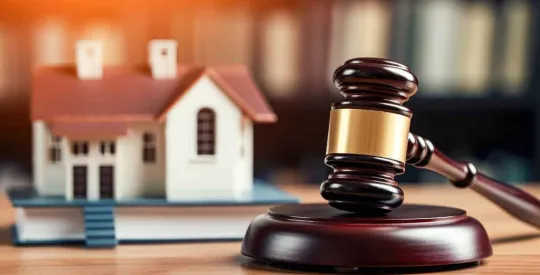The debate over the benefit of green jobs continues in the halls of Congress. Are they good for the economy? Are they useful? Does it even matter since global warming is like, totally not happening?
Regardless of the dispute, those in construction seem to think green building will balloon in the next five years, which would be a boon to jobs and provide some stability to the turbulent industry.
A new McGraw-Hill Construction study shows green homes made up 17% of the overall residential construction market last year, and that figure is expected to grow to as much as 29% by 2016. By value, the growth equates to a five-fold increase. While green building equated to $17 billion in 2011, it might mean as much as $87 billion to $114 billion to the economy in 2016.
That’s a lot of green.
But the projections seem rosy given how large a drop the residential construction market took in the past few years. We have to remember we aren’t talking about a building boom — we’re just talking about an increase in market share. That being said, such growth in market share in 2016 is nothing to sneeze at, especially if the residential real estate market rebounds to $300 billion as McGraw-Hill projects.
Further interpretation of this report also depends on your definition of “green.” Given the amount of vacant homes on the market, is building a new one — regardless of how environmentally sustainable — actually a green thing to do?
Lloyd Alter, in a blog post for Treehugger, doesn’t think so. He said, given the 20 million properties that sit empty in the U.S., a new home is inherently not green.
“LEED (leadership in energy and environmental design) or anyone else can certify all the houses they want and call them green, but until the country deals with the fundamental problems of housing, the empty houses and the displaced former occupants of them, I am not certain that you can call any new house green, we just don’t need them,” Alter wrote.
While he expresses optimism over green renovations, he said the model of building new green homes is a model that “no longer works.” And I agree … to a point.
If you are building your new home exactly how an older one would be built, just with shiny new accoutrements, why not just add those to an existing home? Slapping a solar panel on a McMansion doesn’t make it green.
McGraw-Hill defines green building as being “built to national green standards, (IC700, LEED, etc.), or one that incorporates numerous green-building elements across five category areas: energy efficiency, water efficiency, resource efficiency, responsible site management and improved indoor air quality.”
A new house built exactly how we’ve been building houses all along plus add-ons like solar panels, extra insulation and geothermal systems could meet that qualification. So in that respect, Alter is right — we don’t need “new” houses.
But, if the new house is actually built better than the ones that currently exist (better materials, a more durable frame, recycled materials from the ground up, etc.) so that it is essentially green from the inside out — a new home may be a better option.
Without a doubt, building standards have gone down over the past couple of decades. The value of building a sturdy home to stand the test of time was replaced during the housing boom with the desire to build houses cheaper and faster to feed the public’s need for places to live. Cheap frames and even cheaper interiors became the norm, and meticulous construction often became haphazard. After all, the family will probably move out into a better place in a few years, right?
All this time, the public has been conditioned to believe that some extra insulation, Energy Star certified appliances and perhaps a compost pile made homes “green,” when that may not be making much of a dent because of what the rest of the home is built out of, and how long it is projected to stay habitable.
The standards that will make homes truly sustainable will take a new prevailing definition of “green,” but it will also take more dedication from the builders and more homeowner education. Let’s hope these come about before green swells to the majority of the market share.





